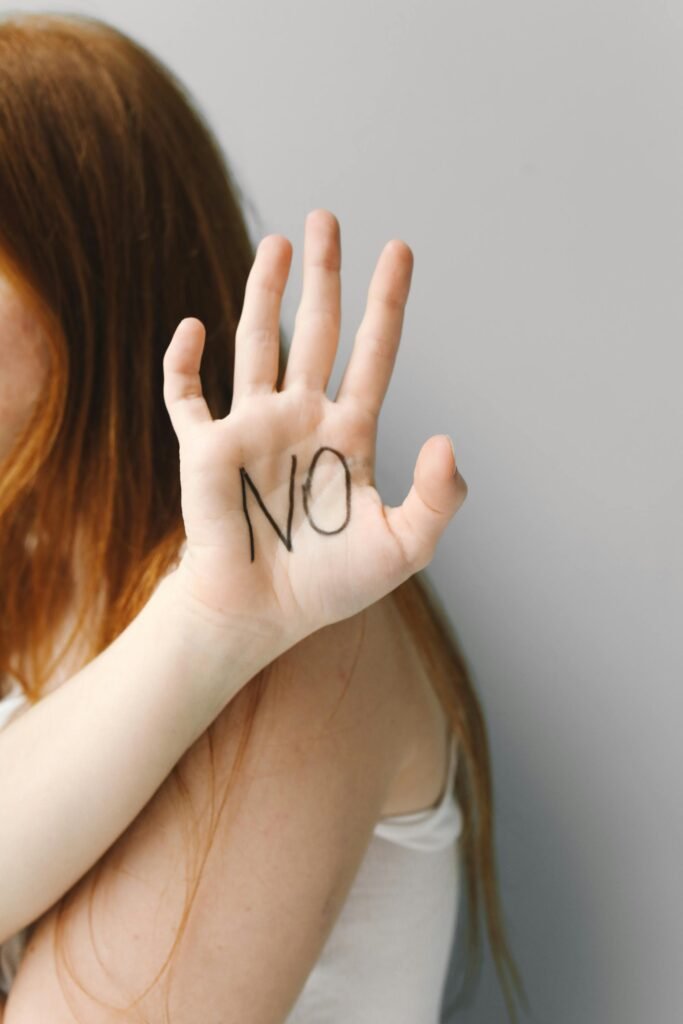How to start your healing journey when you’re tired being strong. You know that moment when someone calls you “so strong” for the 23rd time, and all you want to do is lie on the floor and whisper, “I’m tired of being strong” like it’s your superhero resignation speech? Yeah, same. Welcome to the burnout club we have tea and tissues.
Being the strong one isn’t a badge you always choose to wear. Sometimes, life just throws responsibilities, heartbreak, and “keep it together” moments at you like it’s playing dodgeball. And while it’s admirable, it’s also…exhausting.
This is your sign to stop. Not forever, but just long enough to start something for you, your healing journey.
But what does that even mean?
What is a Healing Journey (and Why It Matters)?

A healing journey isn’t some spa weekend or a quick-fix self-care checklist. It’s an ongoing, often messy, beautifully human process of acknowledging pain, unpacking emotional luggage (yes, even the ones labeled “do not open”), and learning how to live a fuller, freer life.
It’s important because unhealed wounds don’t disappear they just sneak into your relationships, your thoughts, your body. According to the American Psychological Association, chronic stress and emotional suppression can manifest physically. So no, it’s not “just in your head.”
Ready to put the cape down for a bit? Let’s start.
1. Admit You’re Not Okay (Yes, Out Loud)
Sometimes the hardest part is admitting you’re struggling. Not because you’re weak, but because you’re human. Vulnerability isn’t weakness it’s the beginning of healing. Tell a friend. Write in your journal. Whisper it to your cat.
The point is to say it out loud. To give your pain a name so it doesn’t live in the shadows.
2. Identify Your Emotional Baggage (Yes, Even the Ugly Stuff)

We all carry something. Childhood trauma. A breakup you never really got over. The pressure to always be “the strong one.”
Take inventory. Ask yourself:
- What situations trigger me?
- What patterns keep repeating?
- What am I avoiding?
Don’t judge your answers just collect them like emotional data. This isn’t about shaming yourself; it’s about understanding yourself.
3. Find Your Healing Tools
Everyone’s toolkit looks different. Yours might include:
- Therapy: Like, actual professional help. Check out Psychology Today’s directory.
- Journaling: Sometimes your pen understands you better than people do.
- Meditation apps: Try Insight Timer or Headspace. (Warning: may induce crying on the third deep breath.)
- Art. Movement. Music. Whatever lets you express what words can’t.
4. Unfollow (and Re-follow) Accordingly
Your social feed can be a trigger or a tool. Curate it like your healing depends on it because it kind of does.
Unfollow accounts that make you feel “less than.” Follow those that remind you it’s okay to be a work in progress. Recommendations? Check out @nedra.tawwab or @the.holistic.psychologist on Instagram.
5. Say No Without Explaining

No is a complete sentence. If you’re exhausted, overwhelmed, or simply don’t feel like it say no. And resist the urge to offer a TED Talk in defense of your boundaries.
Saying no creates space for the yeses that actually serve you.
6. Let Yourself Be Seen (Even in the Mess)
Share your story with someone safe. Healing often begins in safe relationships. You don’t have to spill it all at once, but letting someone in reminds you that you’re not alone.
And if you’re really brave? Let yourself be loved even when you don’t feel “worthy” of it. Especially then.
7. Rest Like It’s a Ritual
Not because you’ve earned it, but because you exist. Burnout isn’t a badge of honor it’s a warning sign. Make rest part of your daily rhythm, not just a weekend luxury.
Take naps. Daydream. Stare at clouds like you’re five years old again. Your nervous system will thank you.

8. Forgive Yourself (Again and Again)
You won’t always get it right. You’ll have days where you slip into old habits or forget to drink water, let alone meditate. That’s okay.
Progress isn’t linear. Healing is a spiral staircase sometimes you loop around, but you’re still moving upward.
9. Celebrate Small Wins
You got out of bed today? Victory. You didn’t text your ex? Major win. You asked for help? Gold medal.
Track the tiny triumphs. They matter more than you think.
10. Keep Showing Up (Even When It’s Boring)
Healing isn’t always cathartic sobs or journal epiphanies. Sometimes it’s brushing your teeth, drinking water, and choosing not to numb out with three hours of TikTok.
Keep showing up. For yourself. For the life you’re slowly rebuilding.
Conclusion: Take Off the Cape, Not Your Courage
You don’t have to be strong all the time. Sometimes, the bravest thing you can do is rest, feel, and begin again. Your healing doesn’t have to look impressive to be real. It just has to be yours.
Start small. Be gentle. And remember you’re allowed to fall apart and still be someone worth loving.
Now it’s your turn: What’s one small thing you can do for yourself today that says, I’m healing?
Need help getting started? Try writing one sentence in your journal or sharing this article with someone who sees you. Healing is better when you don’t do it alone.

Pingback: 5-Minute Skincare Routine for Working Women - Grow With Neesa